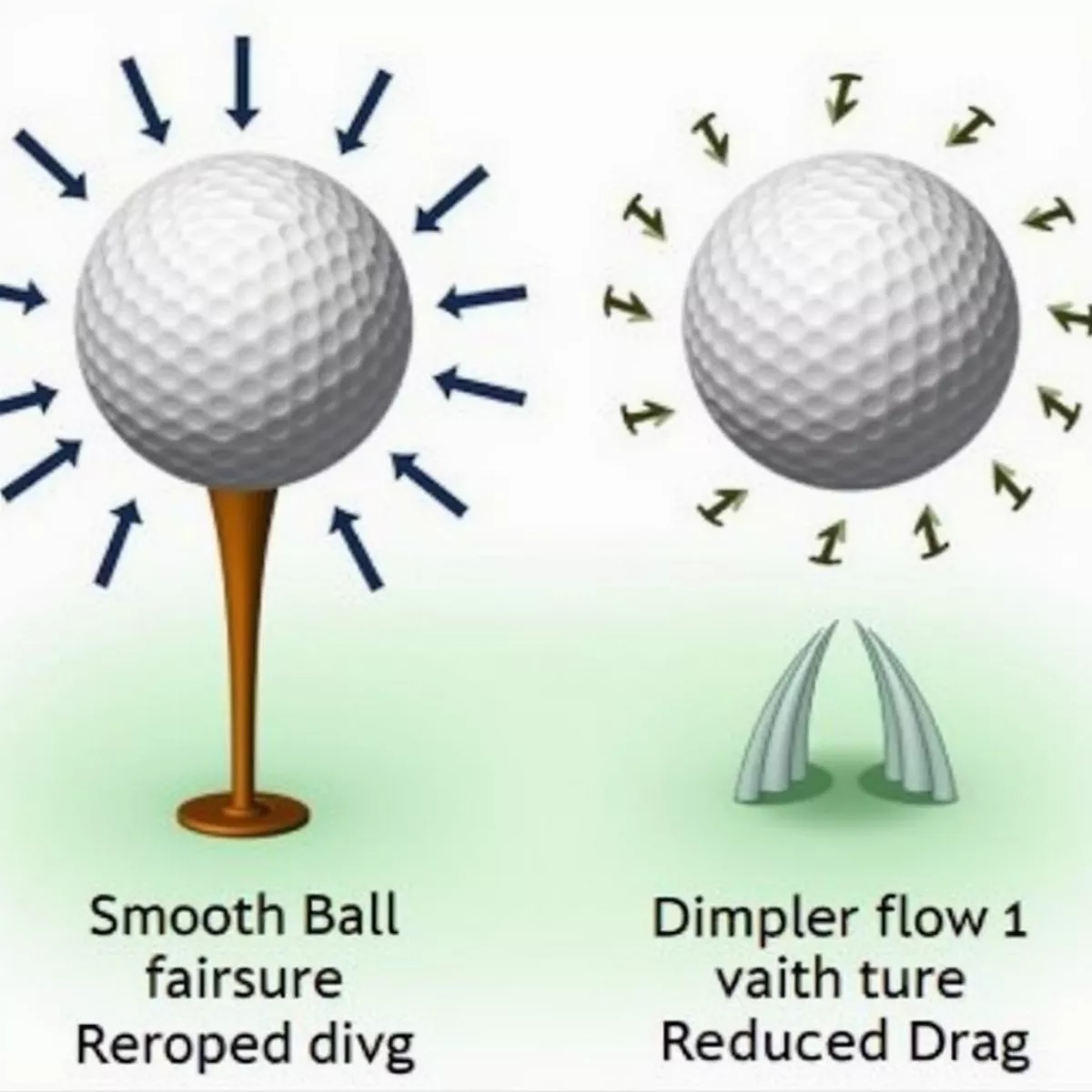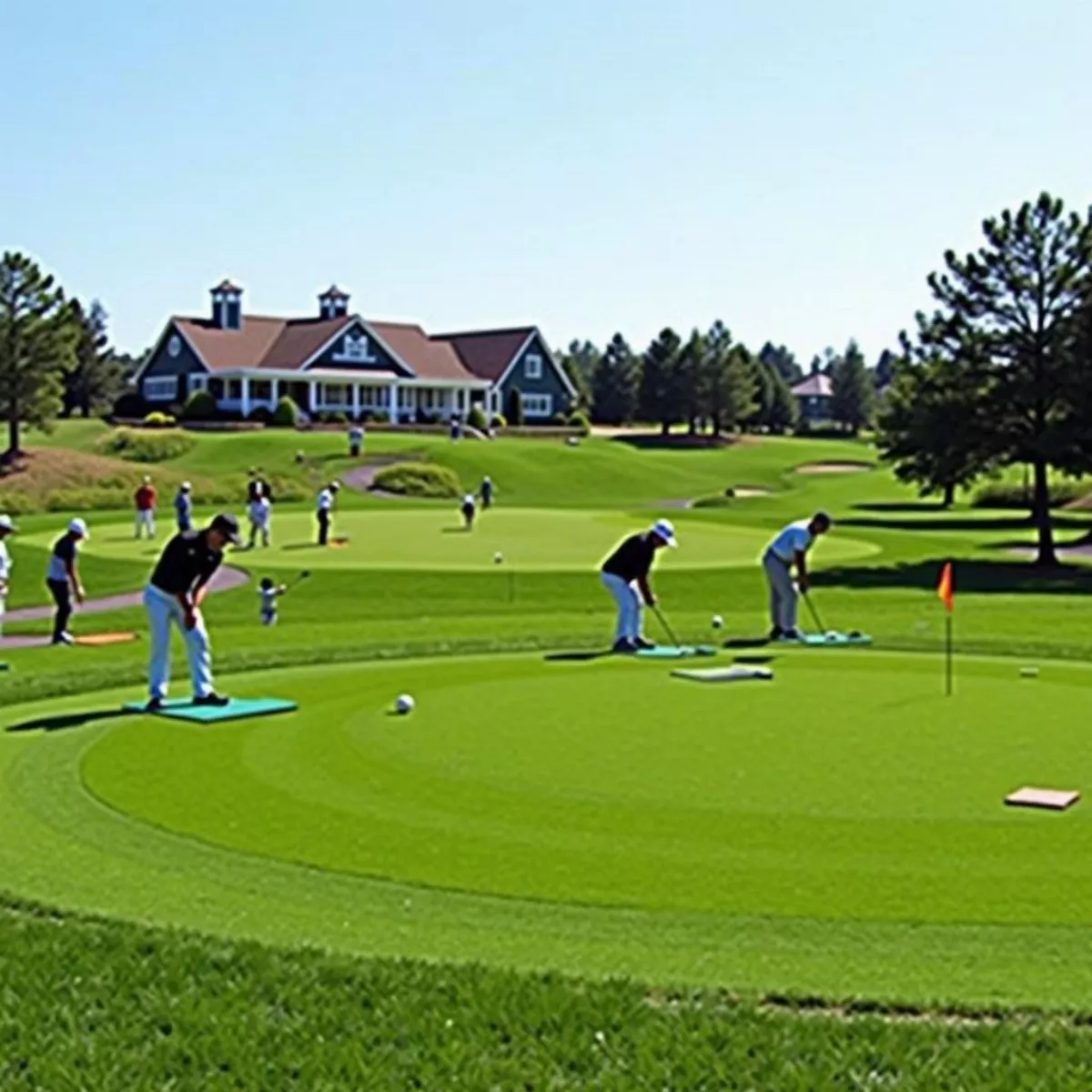When you think about the best golf players on the tour, names like Tiger Woods, Rory McIlroy, or Jordan Spieth often come to mind. But what about the unsung heroes? The ones who excel in that delicate 100-yard range where making or breaking a hole relies heavily on precision and control with a wedge? Today, we will explore some of the best wedge players on the PGA Tour, examining their techniques, stats, and what sets them apart in this crucial aspect of the game.
Understanding Wedge Play
Wedge play is a unique skill set within the game of golf that encompasses short games, chip shots, and finesse approaches. Wedges are designed for high lofted shots and include pitching wedges, sand wedges, lob wedges, and gap wedges. Mastering these clubs can make all the difference in your overall game. After all, around 60% of a round of golf occurs on or around the greens!
Importance of Wedge Play
- Scoring Opportunities: Great wedge play can turn a mediocre round into an exceptional one.
- Short Game Mastery: Mastering your wedges allows for better control and improved short skills.
- Course Management: Understanding how to approach different courses with wedge play can lead to better scores.
Top Wedge Players on Tour
Here’s a look at some of the best wedge players on the tour, who have consistently showcased their skills.
| Player | Stats (2022 Season) | Notable Strengths |
|---|---|---|
| Phil Mickelson | 8th in Strokes Gained: Around the Greens | Creativity, Experience |
| Jordan Spieth | 1st in Scrambling | Precision, Strategic Play |
| Patrick Reed | 4th in Scrambling | Short Game Confidence |
| Justin Thomas | 2nd in Strokes Gained: Around the Greens | Ball Control, Consistency |
| Webb Simpson | 3rd in Strokes Gained: Short Game | Clutch Performer, Decision Making |
1. Phil Mickelson
Phil Mickelson, a household name in golf, is often regarded as one of the best short-game players in history. With multiple major championships to his name, Mickelson has an incredible ability to hit flop shots and delicate chips. His touch around the greens is legendary, which is why Phil is often referred to as “Lefty”.
Key Points:
- Creativity: Mickelson is known for his unorthodox shots.
- Experience: His long tenure in professional golf informs his decision-making at critical moments.
“The short game is the most important part of golf and provides the best opportunities for improvement.” – Phil Mickelson
 Phil Mickelson executing a wedge shot
Phil Mickelson executing a wedge shot
2. Jordan Spieth
Jordan Spieth is not only a former world number one, but he also possesses one of the most impressive short games on tour. His ability to scramble and save par when in trouble showcases his excellent wedge play.
Key Points:
- Precision: Spieth is renowned for his pinpoint accuracy with wedges.
- Strategic Play: He always has a plan when approaching the green.
3. Patrick Reed
Patrick Reed has built a reputation for his exceptional short game. His performance under pressure often sets him apart, particularly in high-stakes situations.
Key Points:
- Short Game Confidence: Reed is unflappable around the greens.
- Scrambling Ability: He consistently ranks high in scrambling stats.
“You have to have a strategy and attack the greens with confidence, knowing where you can miss.” – Patrick Reed
4. Justin Thomas
Justin Thomas has established himself as a leading wedge player with incredible consistency in his short game. His ability to control spin and distance sets him apart.
Key Points:
- Ball Control: Thomas’ precision with wedges allows him to shape shots easily.
- Consistency: He frequently ranks among the top in Strokes Gained: Around the Greens.
 Justin Thomas chipping, close-up
Justin Thomas chipping, close-up
5. Webb Simpson
Webb Simpson is another name that frequently appears in the discussion of the best wedge playe
rs. He excels in crucial moments, often getting up and down when it matters the most.
Key Points:
- Clutch Performer: Simpson thrives under pressure, delivering when needed.
- Decision Making: His ability to read the greens aids his wedge play.
Techniques to Enhance Your Wedge Play
To improve your own wedge play, consider these techniques and tips inspired by the pros:
Grip and Stance
- Grip: Maintain a relaxed grip to ensure a fluid swing.
- Stance: Keep your feet shoulder-width apart for balance.
Aim for Control
- Adjust Loft: Open or close your clubface depending on the shot you require.
- Practice Different Lies: Vary your practice sessions with different lies and conditions to adapt.
Distance Awareness
- Know Your Range: Understand how far you hit each wedge and practice controlling yardage.
Visualization
- Picture Your Shot: Visualize the desired outcome before hitting the shot. This mental component can significantly enhance performance.
“Visualize the shot before you hit it; this will give you clarity and confidence.” — Anonymous PGA Player
 Golf ball landing on the green near the hole
Golf ball landing on the green near the hole
Key Takeaways
- Wedge Play Matters: Understanding and improving your wedge game can significantly lower scores.
- Learn from the Best: Study players like Phil Mickelson and Jordan Spieth for their unique techniques and strategies.
- Practice Regularly: Ensure you’re practicing wedge shots from various lies and distances to enhance adaptability.
FAQ
1. What types of wedges do professional golfers use?
Most often, professional golfers use pitching wedges, sand wedges, and lob wedges. Some also opt for gap wedges to fill the distance gaps between their pitching wedge and sand wedge.
2. How can I improve my wedge play?
Focus on practice, technique, and understanding different types of shots. Practice various lie conditions and distances to improve adaptability.
3. What is the best wedge for beginners?
A pitching wedge is an excellent starting point for beginners, as it offers versatility for various short game scenarios.
4. Why is short game practice so important?
Short game practice, especially with wedges, can help lower your scores and improves your overall efficiency on the course.
5. Who are the best wedge players historically?
Historically, players like Phil Mickelson, Seve Ballesteros, and Ben Crenshaw are renowned for their short game mastery.
6. What should I focus on during my wedge practice sessions?
Concentrate on tuning your touch, distance control, and accuracy. Also, prioritize different types of shots and recovery techniques.
7. How can I manage my approach to different courses effectively?
Take time to study the layout and conditions of a course before playing. Map out your wedge strategies accordingly.
8. Is the short game more important than the long game?
While both aspects are vital, many professionals agree that the short game often has a bigger impact on scoring.
9. Should I invest in multiple wedges?
Yes, different wedges serve different purposes. Investing in at least three types will enhance your short game versatility.
10. How often should I practice my short game?
Aim for regular practice sessions focused on the short game, ideally at least once a week.
By embracing the techniques and philosophies of the best wedge players on tour, you can enhance your short game and elevate your overall performance on the golf course. Happy golfing!

 Golfer Sporting a White Belt on the Course
Golfer Sporting a White Belt on the Course Golf Outfit Ideas Featuring White Belts
Golf Outfit Ideas Featuring White Belts
 Professional Golfer Winning Trophy
Professional Golfer Winning Trophy Pro Golfer Analyzing Performance on Tablet
Pro Golfer Analyzing Performance on Tablet
 Airflow Comparison: Smooth vs. Dimpled Golf Ball
Airflow Comparison: Smooth vs. Dimpled Golf Ball Golf Balls with Different Dimple Patterns
Golf Balls with Different Dimple Patterns
 Golf Attire for Men and Women
Golf Attire for Men and Women Comfortable Golf Shorts
Comfortable Golf Shorts
 Golfers playing on Hole 14 at Bear Creek Golf Course
Golfers playing on Hole 14 at Bear Creek Golf Course Practice facilities at Bear Creek Golf Course
Practice facilities at Bear Creek Golf Course
 Different Types of Attachable Golf Bag Stands
Different Types of Attachable Golf Bag Stands Installing Attachable Golf Bag Stand
Installing Attachable Golf Bag Stand Golfer Using Attachable Stand on Course
Golfer Using Attachable Stand on Course
 Professional Golf Attire
Professional Golf Attire Stylish Golf Alternatives
Stylish Golf Alternatives
 Golfers on a golf course
Golfers on a golf course Golfer choosing outfit
Golfer choosing outfit
 Golf Swing Mechanics
Golf Swing Mechanics Golf Club Fitting
Golf Club Fitting Practicing Iron Shots
Practicing Iron Shots